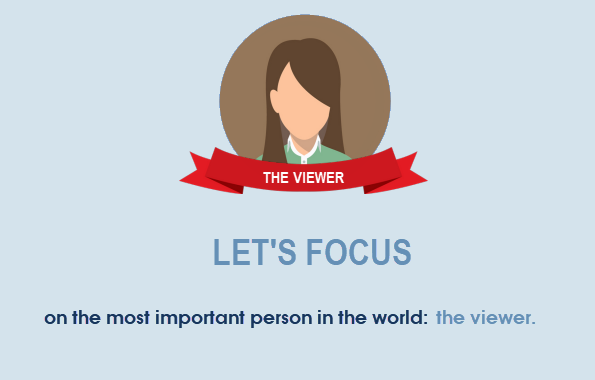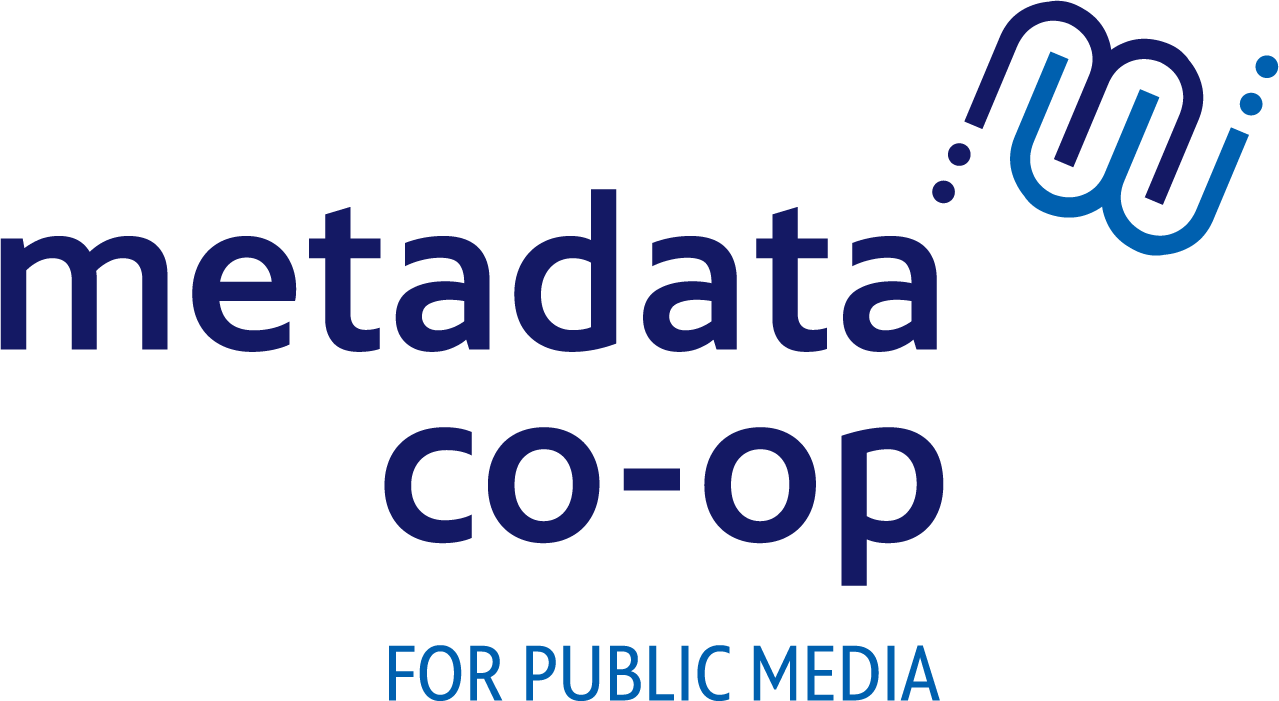PBS is in the business of ensuring that all US citizens have access to media content that educates, inspires, entertains and exposes them to a diversity of perspectives. Prior to the 21st century, media organizations, including PBS, had access to a captive audience that primarily consumed content through traditional platforms like TV and Radio. This gave the content creators and distributors the ability to influence when content was consumed and what content was consumed, the audience did not have many options beyond live TV or Radio.
The internet-driven digital transformation that emerged at the beginning of the 21st century has indelibly changed the dynamic between content creators/distributors and their audiences. The audience now has the choice of what content they consume, when they consume, and what platforms they will use to access it. This shift has been a major game changer for both big and small Content Creators /Distributors, challenging them to ensure their content can be findable across multiple devices in predictable ways. Audiences now expect and want to access a variety of content, 24/7, on nearly any device they choose to use.
This ups the ante for content creators and distributors to somehow distinguish “their content” from the massive amounts of content readily available to the audience from a thousand different sources. This challenge has two distinct hurdles and PBS contributors excel at the first one, compelling, educational, high-quality storytelling, which broadens interest and extends the American experience to all. The second hurdle is Content Discovery. Out of the oceans of content available to the public, they have to be able to find PBS’s great storytelling with electronic guides, aggregators, search tools, AI engines (Siri and Alexa), and recommendation engines. The American public uses all of these technical tools to sort and locate content, consequently, the technology tools use personal preferences to influence the output of the sort and locate process.
The key to having PBS’s content discovered through all of the technical tools available is to have all of PBS’s content identified and cataloged through the consistent application of quality data to assist viewers in the identification process. This is accomplished by defining and implementing a PBS Enterprise Metadata Model and Management Framework that will govern a uniform way to describe and digitally represent key information about PBS content, aligned to industry standards. Industry alignment is critical for enabling interoperability across all channels. That consistent digital representation of content can be stored, edited, searched, and used to enable the delivery of quality content to electronic guides, aggregators, search tools, AI engines (Siri and Alexa), and recommendation engines.
Value Proposition

by Rhonda Holt, Vice President Software Development and Operations
https://daniel-one.com/create-stro





